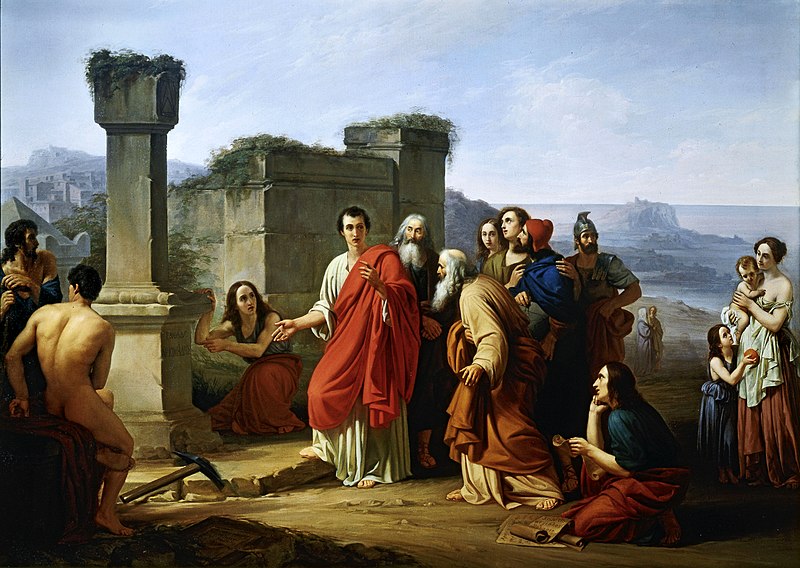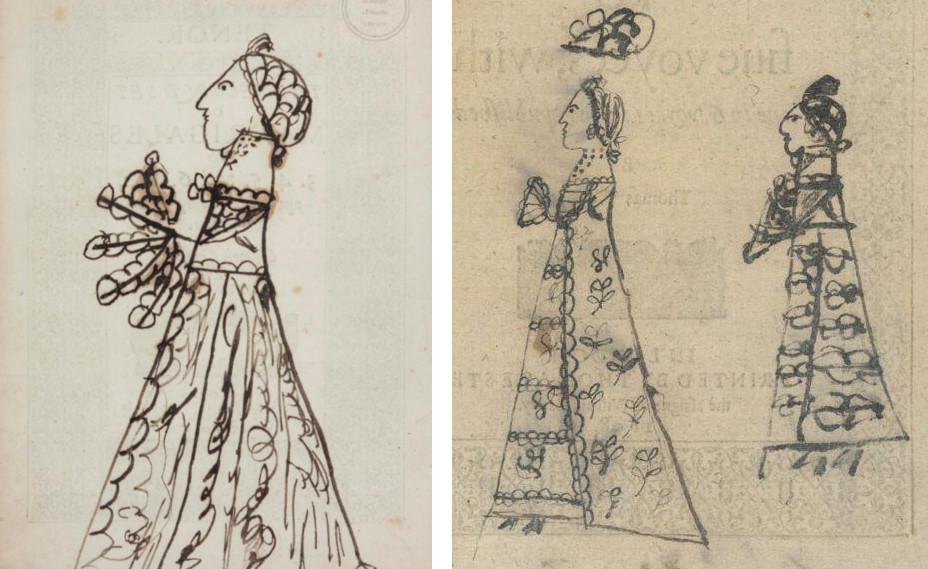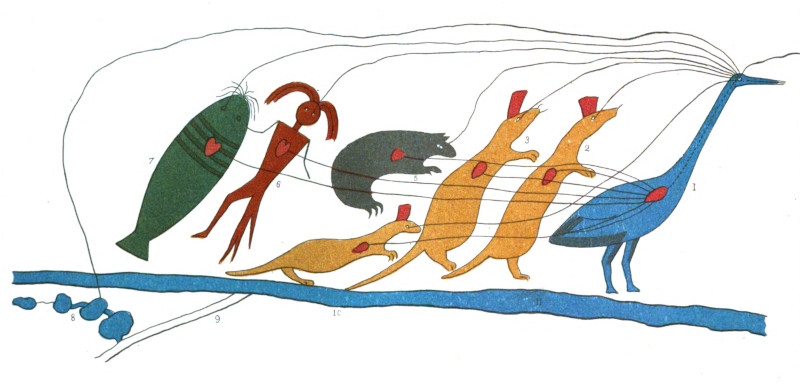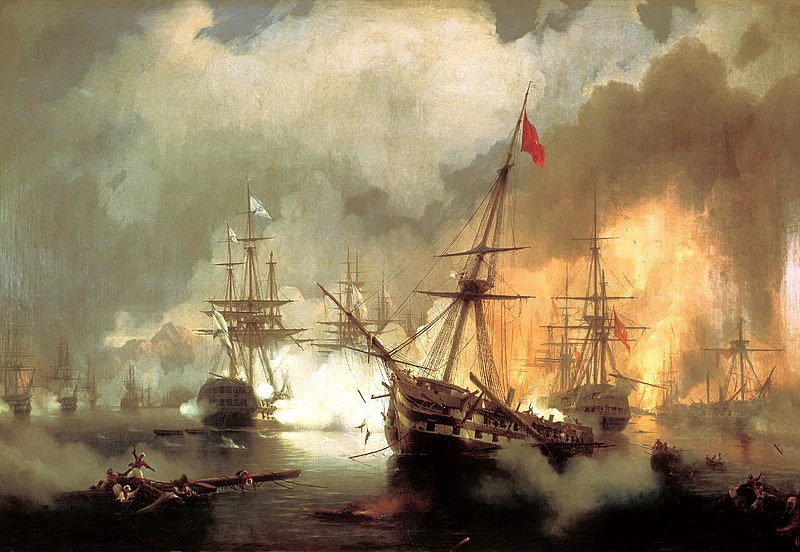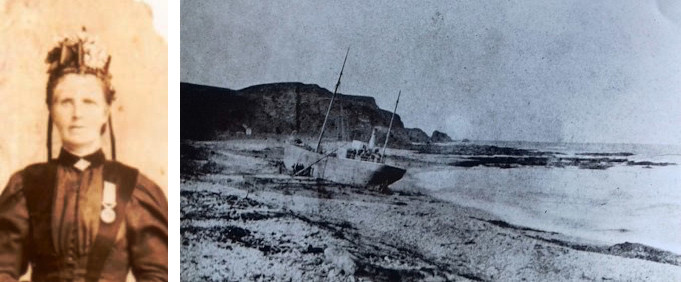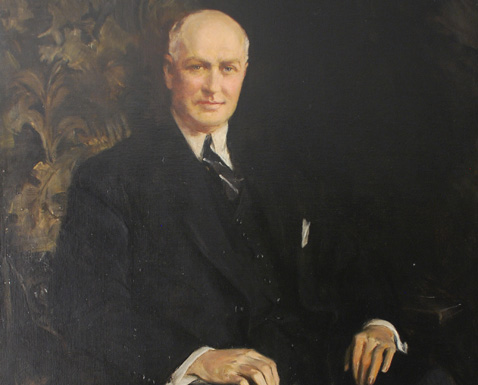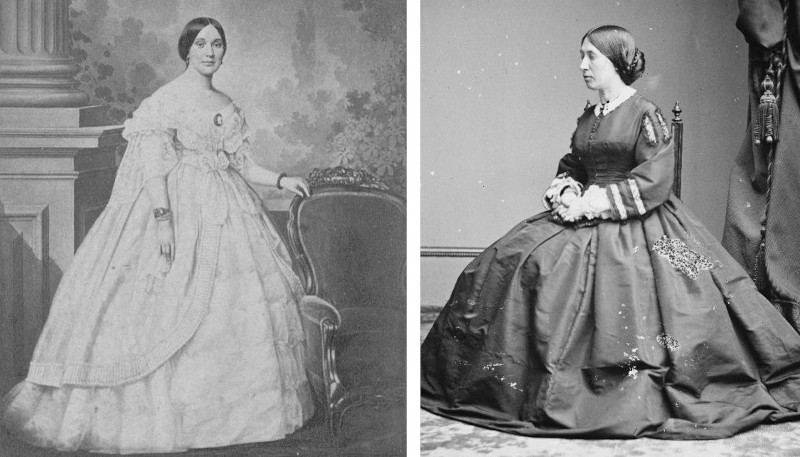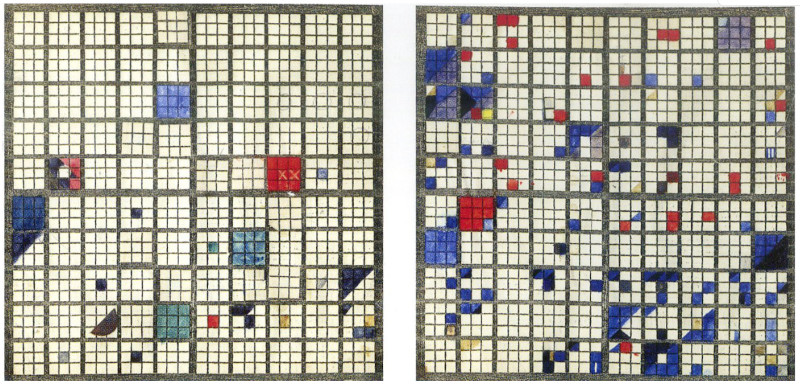
In the 13th century, in England’s Worcester Priory, an anonymous scribe worked at inserting interlinear notations into Old English manuscripts. Though his identity has been lost, his shaky, leftward-sloping handwriting is so distinctive that he’s noted among scholars more than 700 years later. He’s known as the Tremulous Hand of Worcester.
The cause of the tremor is uncertain, but its identifiable character has shed light on the evolution of the language and on the ability to read Old English in this period. “For us at least,” writes literary scholar Christine Franzen, “his infirmity was fortuitous — if his hand had remained steady and unchanged throughout his glossing career, it might have been impossible to distinguish the layers of glossing, but as it is, we can watch his methods and knowledge develop along with his tremble.”
(Christine Franzen, The Tremulous Hand of Worcester, 1991.)

